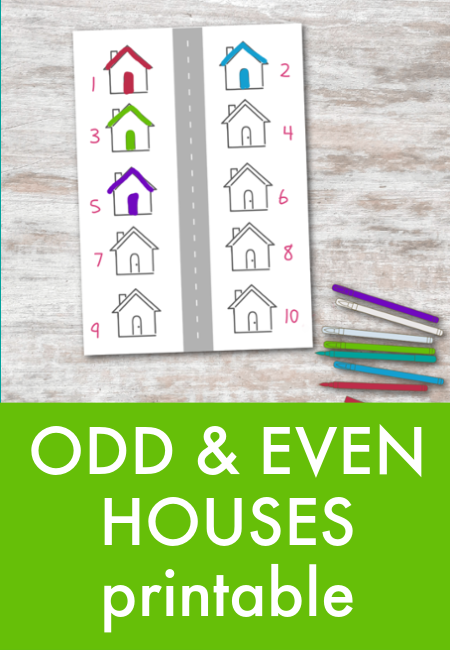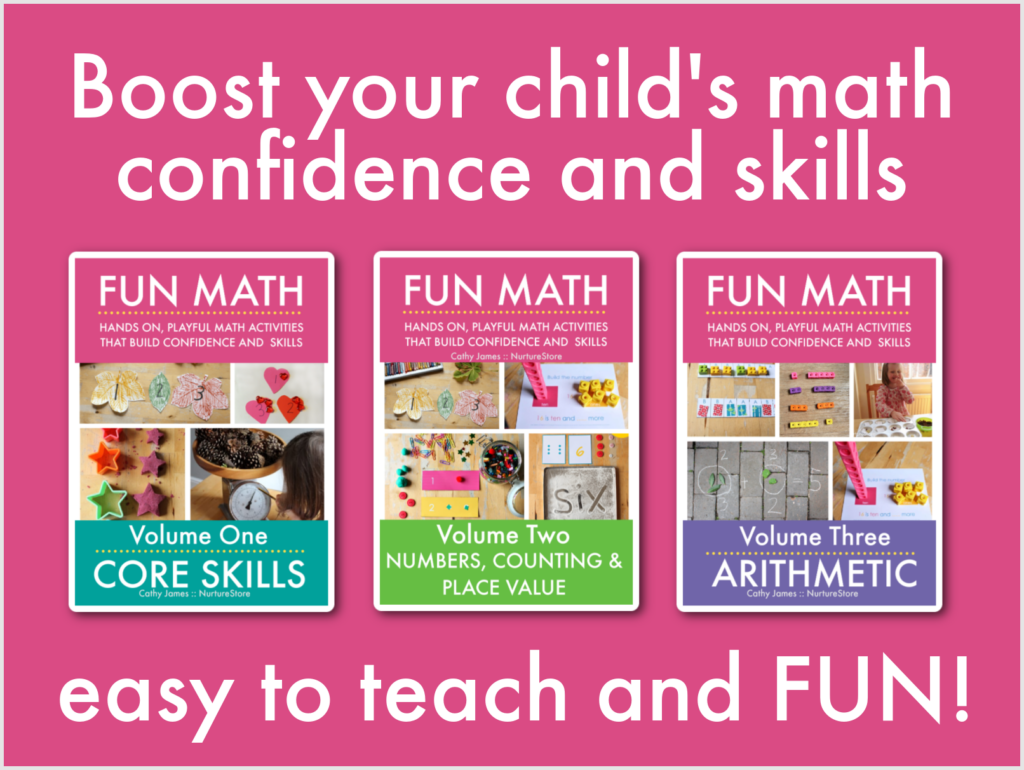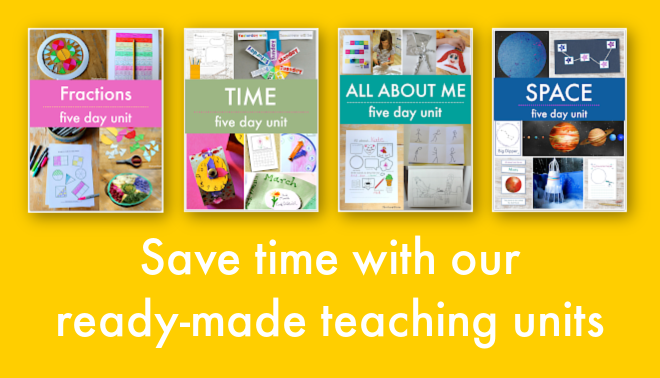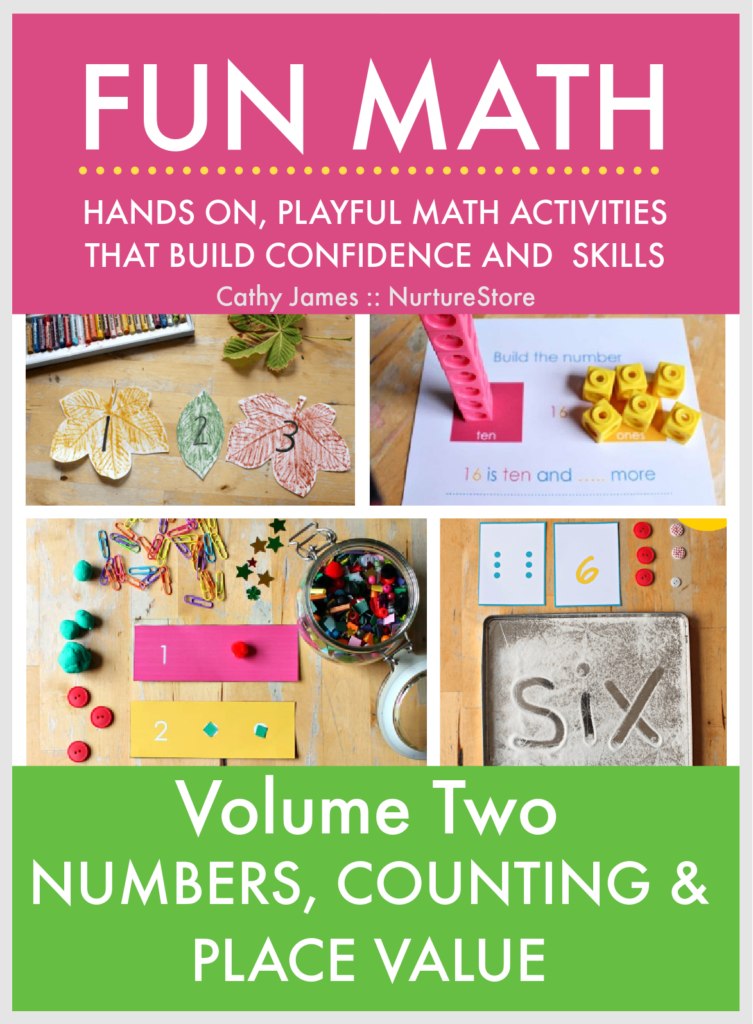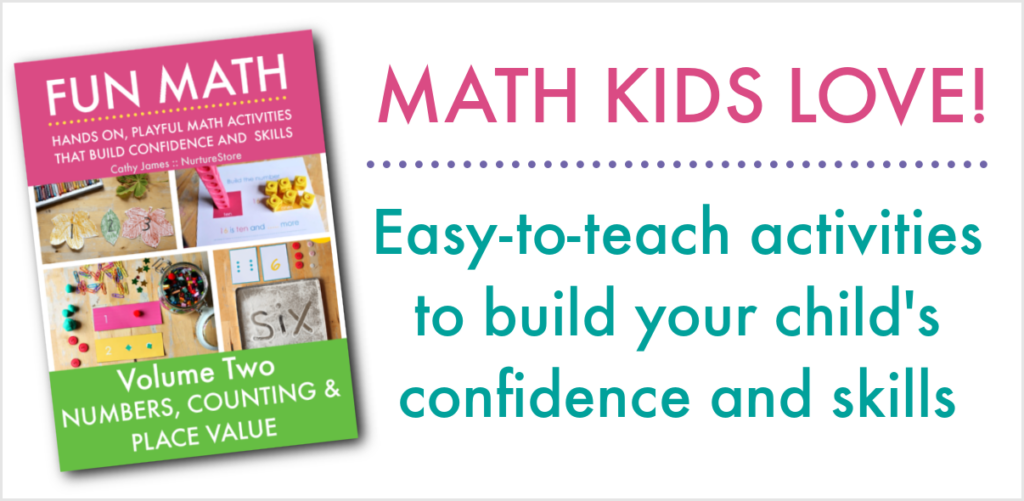Introduce your children to the idea of odd and even numbers using our fun colouring-in printables and great conversations full of imagination and storytelling.
How to teach odd and even numbers to children
Let’s make learning fun by combining a math lesson with colouring in and storytelling as we introduce children to the concept of odd and even numbers, using one of the activities from our Fun Math curriculum.
Magic Fun Math lessons!
Fun Math is an easy to teach, highly effective math curriculum based on play and hands-on learning.
All the lessons are designed to be fun and memorable, so children enjoy their lessons and feel confident.
The lessons are easy for teachers and parents to use, in class or at home.
These are the magic lessons where children really see, understand, and can apply math concepts. They are especially suited to children who don’t like math, lack confidence, don’t understand math the way they are currently being taught, or just want to play.
SEE MORE AND TRANSFORM YOUR MATH TEACHING HERE.
In this activity, your children can:
:: be introduced to the idea of odd and even numbers
:: see numbers used in a real-life context
:: develop language skills and imagination
Materials needed
:: Odd and Even Houses printable (which is included in Fun Math Volume Two: Numbers, Counting and Place Value)
:: coloured pens and pencils
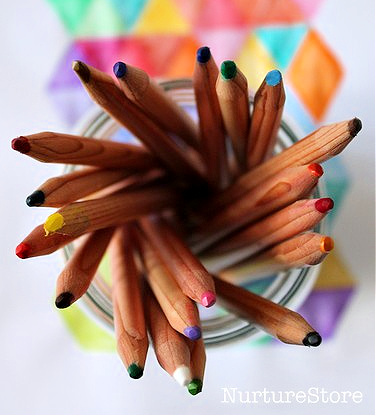
How to introduce odd and even numbers
Talk with your children about houses having a number system.
Ask them to think about why houses need numbers (so friends can find their houses to visit, for postal deliveries) and ask them if they know how houses get their particular numbers.
Introduce the idea that house numbers are organised with odd and even numbers on opposite sides of the road and that the house numbers ascend in order as you walk along the street.
What number is their house?
If possible, talk a walk around your neighbourhood to see these number patterns in real life.
Make an Odd and Even street
Then use the Odd and Even Houses printable included in our Fun Math curriculum to create your own street.
Number each house following the real-lie pattern: in ascending order, with the odd numbers all on one side of the street and the even numbers all on the other. Do this first so you can incorporate math language in your conversations as you colour.
Then invite your children to colour in and draw details on the houses. They might give all the odd numbers a green door and all the even numbers a red door.
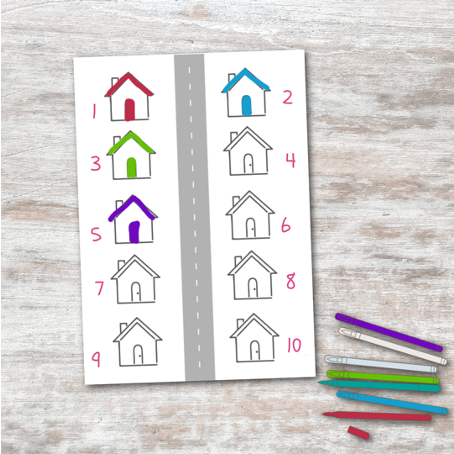
Imaginative math conversations
Then ask questions about visiting neighbours. Have them imagine they live in house number 5. Who lives with them? Do they live in an odd or even number house?
If they want to visit the family in house number 3, do they have to cross the street? (No, because they live in another odd-numbered house.)
If they want to visit the family in house number 6, do they have to cross the street? (Yes, because they live in an even-numbered house.)
Who lives in a house with a smaller number than their house number five? What is that family doing today?
Who lives in a house with a bigger number than their house number five? Do they have any pets?
Have them all take turns to ask and answer questions about visiting neighbours and whether they have to cross the street. Always add in another (non-math) question (such as ‘What are they people in house number 8 having for dinner?”) to build their language and imagination skills, and to make a fun conversation.
Transform your teaching with Fun Math
The Fun Math series gives you a math curriculum that is easy to teach and highly effective.
Children love these lessons because they are engaging and fun.
You’ll have a clear set of ready-made math lessons and activities that are simple to lead using our step-by-step lesson guides, and which children really understand.
Be the best math teacher and boost your children’s confidence and skills with Fun Math.
See more and transform your teaching here.


